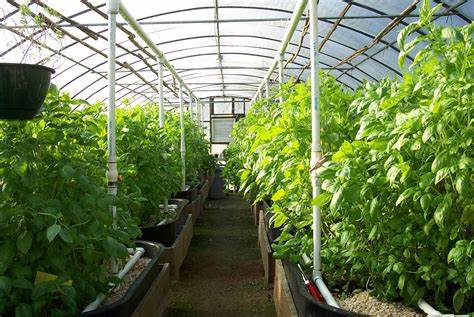In constructing homes for plants that cost more than homes for people,
在建造比人們居住的房子更昂貴的植物家園時(shí),
the Erskines joined the swelling ranks of wealthy individuals willing to spend hundreds of thousands of dollars—occasionally millions on private green houses.
厄斯金一家加入了越來越多的富人行列,他們?cè)敢獬赓Y數(shù)十萬美元,有時(shí)甚至數(shù)百萬美元建造私人溫室。
In the Erskines’ case the impetus was charitable.
對(duì)于厄斯金家的情況而言,做慈善是其推動(dòng)力。
For others, it’s often in pursuit of a luxury the Cambo estate has enjoyed for centuries: fresh produce year-round.
對(duì)于其他人來說,往往是為了追求坎博莊園數(shù)百年來一直享有的一種不同尋常的樂趣:全年擁有新鮮的農(nóng)產(chǎn)品。
The trend toward home grown food, produced in expensive personal greenhouses, “has always been there, but it’s increasing,”
總部位于多倫多的溫室工程咨詢公司創(chuàng)始人亞歷克斯·特克維奇表示,
says Alex Turkewitsch, founder of the Toronto-based consultant Greenhouse Engineering.
用昂貴的私人溫室自己種植食品的趨勢(shì)“一直都存在,不過這種勢(shì)頭正在增長(zhǎng)”。
“Each of the last three years, we’ve had 50% growth year over year,” says Neal Bobrick, chief operating officer of Hartley Botanic,
“在過去的三年中,我們每年的增長(zhǎng)率都是50%,”哈特萊植物公司的首席運(yùn)營(yíng)官尼爾·鮑勃理克說道。
whose “Victorian” green houses start at $25,000 and whose “modern horticulture” start at about $60,000.
該公司建造的“維多利亞式”溫室起價(jià)為2.5萬美元,“現(xiàn)代型園林”起價(jià)約為6萬美元。

“The whole farm-to-table concept has been a driver of our additional business.”
“從農(nóng)場(chǎng)到餐桌的整個(gè)理念一直是我們開展附加業(yè)務(wù)的驅(qū)動(dòng)力。”
John Lawson, a sales director at Alitex, says 10 years ago his Hampshire-base company would construct about 15 greenhouses a year that cost more than $250,000.
Alitex公司的銷售總監(jiān)約翰勞森表示,10年前,總部位于漢普郡的公司每年會(huì)建造15座溫室,耗資超過25萬美元。
Now they build close to 50. “People are getting more sensitive,” he says.
現(xiàn)在他們建造了將近50座。“人們變得越來越敏感,”他說。
“They don’t want mass-produced stuff that’s been shipped around the world.
“他們不想要那種被運(yùn)到世界各地大量生產(chǎn)的東西,
They want home grown, solid stuff. And at the top end of the market, they can afford to have it.”
而是想要自己種植的物品。而且在高端市場(chǎng),他們也負(fù)擔(dān)得起。”
People have wintered plants for thousands of years, most notably in orangeries such as the ones at the palaces of Versailles outside Paris and Schönbrunn in Vienna,
人們?cè)趲椭参镌蕉矫嬉延袛?shù)千年的歷史,尤其是在柑橘暖房里,比如建造在巴黎郊外的凡爾賽宮和維也納的美泉宮的暖房。
where delicate plants would be brought into large, windowed halls to keep them from dying during a frost.
人們會(huì)把精致的植物放進(jìn)有窗戶的大廳中,以防它們?cè)谒獌鲋兴廊ァ?/p>
These structures, many of which are still around, were principally intended for nurturing exotic plants that would never have survived otherwise.
許多這樣的建筑物仍然存在,主要是為了培育原本無法生存的外來植物。











